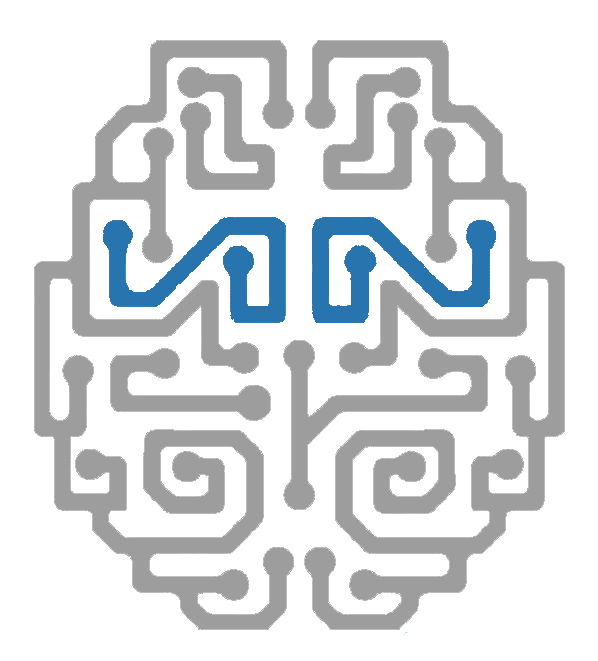Research
About Our Lab
The Suthana Lab focuses on the development of invasive and non-invasive neuroimaging and neuomodulation methodologies in humans to understand and restore cognitive functions such as learning and memory. Methods used include intracranial electrical stimulation and recordings of single-unit and oscillatory activity in patients with implanted electrodes. The lab also utilizes non-invasive methods such as TMS, scalp EEG and fMRI to characterize and improve cognitive functions.
UCLA Mo-DBRS Lab
Principal Investigator: Nanthia Suthana
Learn about our Mo-DBRS (Mobile Deep Brain Recording & Stimulation) laboratory
Clinical trial for PTSD
Principal Investigator: Jean-Philippe Langevin
Find out about our clinical trial to help patients with post-traumatic stress disorder
Clinical Trial for MCI
Principal Investigators: Nanthia Suthana and Andrew Leuchter
Learn more about our clinical trial to improve memory in those with mild cognitive impairment
Technologies We Use
Recordings from electrodes acutely and chronically implanted in patients undergoing neurosurgical evaluation or treatment for epilepsy can provide a window into the human brain at the single neuron and local field potential level. Recordings are extracellular and often include measurements from brain areas such as the hippocampus, entorhinal cortex, amygdala, orbitofrontal cortex, and anterior cingulate. Research studies explore the relationship between single neurons and local fields to cognition while patients participate in various behavioral tasks.
Transcranial magnetic stimulation (TMS) is a non-invasive neuromodulation method that uses an insulated electromagnetic coil placed over the scalp to stimulate small regions of the brain. The coil is connected to a pulse generator that delivers electrical current to the coil. The strength of the pulses generated usually are of the same magnitude as those utilized by magnetic resonance imaging (MRI) machines. The coil generates brief magnetic pulses that produce small electrical currents in the brain just under the coil via electromagnetic induction.
TMS can be used as a diagnostic test to examine connection between the brain and muscles as part of the evaluation for stroke or other injuries, multiple sclerosis, motor neuron disease (i.e., amyotrophic lateral sclerosis or ALS), and movement disorders (i.e., Parkinson’s Disease).
TMS also can be used for the treatment of neuropsychiatric illnesses. Single-pulse TMS has been approved by the FDA for the treatment of migraine. When pulses are administered in rapid succession, it is referred to as “repetitive TMS” (rTMS) and can produce sustained changes in brain function and neuroplasticity, which may treat a variety of illnesses. rTMS is approved for use by the FDA in treatment-resistant Major Depressive Disorder. Evidence suggests that rTMS also may be useful for treatment of anxiety disorders, neuropathic pain, negative symptoms of schizophrenia, auditory hallucinations, tinnitus, and loss of function caused by stroke.
Single- or repetitive pulse TMS also can be used as a research tool to examine cognitive or emotional processing during tasks. Depending upon the location of pulse delivery and the timing of pulse administration during stimulus presentation of processing, TMS can be used to create a “virtual lesion” in processing pathways that can enhance or degrade task performance and facilitate examination of different components of task performance.
TMS generally is well tolerated and has a favorable safety profile. The most common adverse event reported during TMS is discomfort or pain at the site of stimulation. Less common adverse events are the rare occurrence of induced seizures. Other uncommon adverse effects of TMS include transient induction of hypomania, transient cognitive changes, transient hearing loss, transient impairment of working memory, and induced currents in electrical circuits in implanted devices.
Functional magnetic resonance imaging or functional MRI (fMRI) is a neuroimaging procedure using MRI technology that measures brain activity by detecting associated changes in blood oxygenation levels. fMRI is a safe non-invasive procedure that can be used to measure changes in brain activation during various cognitive states and behaviors including functions that are impaired in neurological and psychiatric disorders.
Deep brain stimulation is a neuromodulation technique where implanted electrodes can deliver electrical stimulation to a specific brain target. DBS is FDA approved for treatment of Parkinson’s disease, essential tremor, dystonia, and chronic and severe obsessive-compulsive disorder. Recently, clinical trials are exploring the efficacy of DBS for treatment of post-traumatic stress disorder, depression and Alzheimer’s disease. Stimulation is controlled by a pacemaker like device implanted under the skin usually in the chest that is connected through a wire to the DBS electrode. Delivery of electrical impulses with DBS electrodes can affect underlying neuronal tissue through temporary disruption or enhancement of endogenous activity. Various frequencies and protocols of DBS stimulation can be used and adjusted according to the patient and specific disorder being treated.
